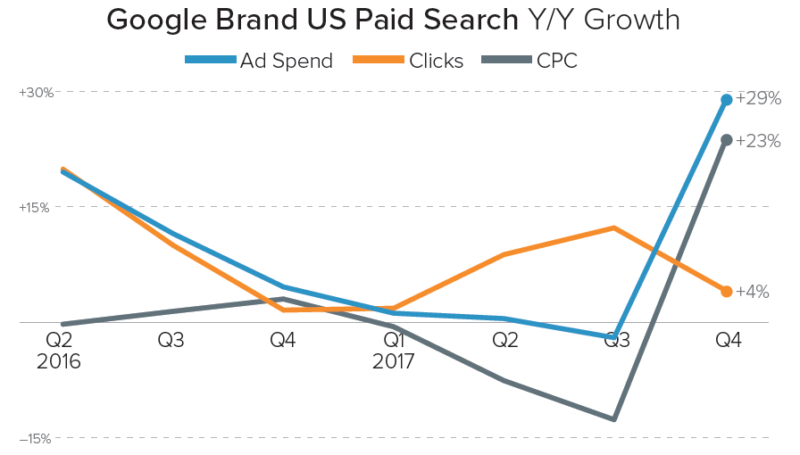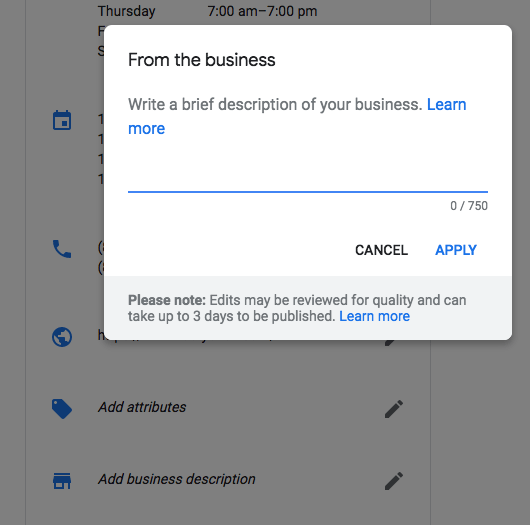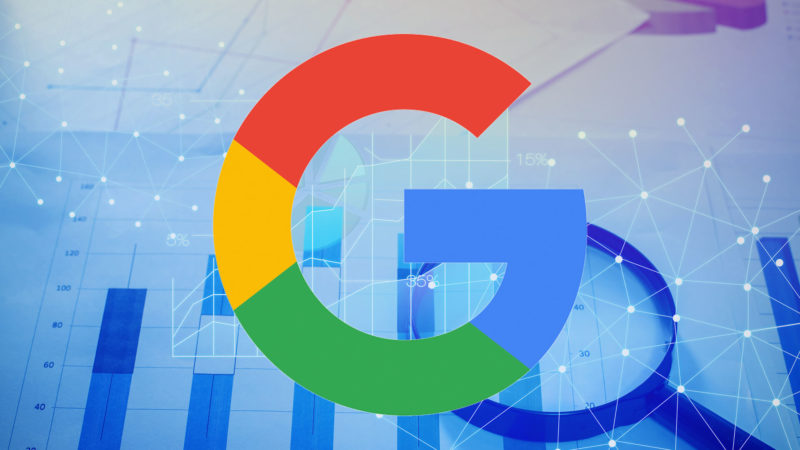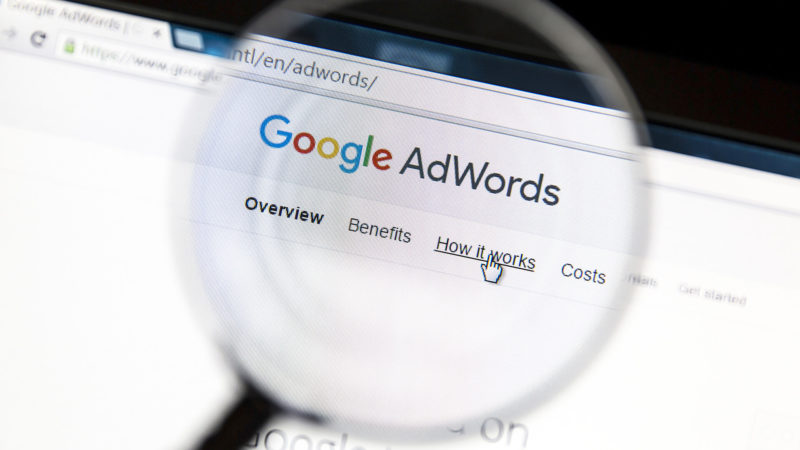 Search volume is the foundation of most successful AdWords campaigns. After all, if you’re bidding on a keyword that gets 10,000 searches per month and you have a 5 percent click-through rate, a 10 percent conversion rate and a 20 percent close rate, you can expect to close 10 sales a month from that keyword.
Search volume is the foundation of most successful AdWords campaigns. After all, if you’re bidding on a keyword that gets 10,000 searches per month and you have a 5 percent click-through rate, a 10 percent conversion rate and a 20 percent close rate, you can expect to close 10 sales a month from that keyword.
Better ad copy, landing pages or sales tactics can improve those numbers, but at the end of the day, you only have 10,000 searches per month to work with.
Now, if your keyword happens to get thousands of searches per month, that’s not a problem, but what if the keywords you want (or need) to target only get 100 searches per month?
All of a sudden, a 5 percent click-through rate, 10 percent conversion rate and 20 percent close rate means you get one sale from that keyword… a year.
And that’s if you’re running an effective campaign on a keyword that gets a hundred searches a month. In many low-search volume campaigns, you could be running an unproven campaign on keywords with fewer than 20 searches a month!
So, if you are a niche business or want to get clicks out of high-value long-tail keywords, what do you do? Quit? Give it your best shot and pray something will eventually pan out?
Fortunately, if you’re dealing with low-traffic keywords, quitting or throwing spaghetti at the wall and hoping something sticks aren’t your only options. In this article, we’re going to look at three different ways to handle low-traffic situations.
1. Use broad match
If you’re bidding on keywords with large search volume, broad match is a great way to waste a lot of money.
For example, we once audited an AdWords account for a company that implemented system application products (SAPs). Both they and their customers used the term “sap” all the time, so they targeted the keyword “sap.”
Now, the keyword “sap” alone gets about a million searches a month, but when they made a keyword broad match, their ads were showing up for every search you can imagine. Among the countless irrelevant search terms, they received hundreds of thousands of impressions (and hundreds of clicks) from people who searched for “A$AP Rocky” — an American rapper.
Unfortunately, keywords with large search volume tend to confuse Google. I mean, just look at what the Keyword Planner suggests as related terms for “sap”:

It’s like Google is saying, “I don’t know what you’re looking for here, so here’s a bit of everything!”
The lower search volume a keyword has, however, the more specific it tends to be. More specific searches are a lot easier for Google to interpret and match to other similar searches.
For example, here are some of the keywords Google suggests when you plug “sap deployment” into the Keyword Planner:

This keyword only gets 140 searches per month, but Google’s suggestions are right on the money.
Searches like “sap implementation services” are a perfect fit for what the business is looking for, and while they might not get a ton of search volume, they increase the total number of relevant searches that this business’s ads will show up for.
When you’re dealing with low search volume, broad match can often be a great asset. Low-search-volume keywords tend to be specific, so broad match can do a great job of getting your ads in front of additional low-volume searches that you may never have considered before.
To make things even better, after you’ve run your broad match keywords for a while, you can go into your Search Terms report and see if Google has uncovered any gems you should add to your campaign (or money wasters you need to add as negative keywords).
Obviously, this approach isn’t quite as efficient as targeting a high-search volume keyword using exact match, but using broad match can help you get several hundred to thousands more relevant searches a month out of a highly targeted low-volume keyword.
2. Prime the pump
Sometimes, the reason your keywords have low search volume is that people don’t think to search for what you’re selling.
This is especially true for businesses with new, innovative products or niche companies with very small potential audiences.
In these situations, it’s usually a good idea to start by focusing a little higher up the funnel. If no one has ever heard of a “sleep inverter,” why would people be searching for it?
Instead of waiting for people to discover your product, service or business at random, it’s a good idea to be a bit more aggressive with your marketing. Paid social, display and video advertising are great ways to spread the word and build awareness and demand.
All of this is Marketing 101, but here’s where we can get a little tricky with AdWords.
New or niche products and services often have a warm-up period. Unfortunately, most people won’t see a Facebook ad for a “sleep inverter,” click on it and immediately buy, especially if it’s expensive (which most new or niche things are).
Instead, most people will need some time to think about what you’re selling and do a little research before they’re ready to buy. A good display or video retargeting strategy can help here, but if you really want to snag someone who is thinking about your product, it pays to use remarketing lists for search ads (RLSAs).
Using RLSAs to access more search volume
Odds are, if you’re selling something niche or new, there is a “normal” that you are disrupting. Under most circumstances, if someone is searching for that normal, they won’t be interested in what you’re selling.
For example, if you’ve invented a “sleep inverter” bed alternative that helps with back pain, it might be hard to convince people who are searching for “best mattress” to click on your ad. They’re not looking for a “sleep inverter,” they’re looking for a mattress!
However, someone who’s already clicked on one of your “sleep inverter” display ads and is researching “best mattress” has a good chance of clicking on your search ad and potentially making a purchase. After all, they already know what your product is, so connecting your “sleep inverter” to their search for “best mattress” may be just the push they need to buy.
RLSAs allow you to juggle these two competing priorities.
Instead of trying to compete with the “normal” products or services you’re trying to disrupt for customers who don’t understand you or what you’re selling, you can instead run a very low bid campaign on “normal” keywords and then use RLSAs to dramatically increase your bid when someone who has already visited your site or landing page searches for those terms. That way, you can keep your new-and-improved option in front of potential customers without having to compete for people who just aren’t ready yet for what you’re selling.
Essentially, this tactic gives you a way to get around your low-traffic keywords by using RLSAs to access larger-search volume keywords without attracting irrelevant clicks.
3. Combine and conquer
As mentioned above, low-search volume keywords are typically also highly specific keywords. This can create real problems when it comes to optimizing your ad copy.
To get clicks, specific searches need specific ad copy, so if you want to make the most of the few searches you do have, you need to write ad copy that closely matches the search terms and search intent of your low-traffic keywords.
Unfortunately, it’s hard to evaluate your ad copy when you only get 10 clicks a month, so unless you write the perfect ad copy the first time, you may miss out on potential clicks, conversions and sales without even realizing it.
However, there is a way to test ad copy on low-traffic keywords. You just have to be clever about how you put your ad copy together.
Odds are, even if the specific keywords your target audience uses are different, their pain points are basically the same. With this in mind, you should be able to write ad copy that ties the keywords and pain points together in a fairly formulaic way.
And, if your ad copy is basically consistent, you can give all of those ads the same label in AdWords and use that label to aggregate your ad performance across all of your keywords in the Report Editor.

Once you’ve picked your ad label in the Report Editor, all you have to do is pick the metrics you want to evaluate, and Google will show you bulk data for your ad copy. It’s not a very scientific way to do things, but it’s a great way to get a feel for how your ad copy is performing.
In addition, you can also use this same tactic to test two different sets of ad copy. All you have to do is label each version separately in your campaigns and run a labels report in the Report Editor.

Like the other tactics discussed in this article, this approach isn’t ideal, but when you don’t have enough traffic to do things right, it’s a handy trick to have up your sleeve.
Conclusion
While low-traffic campaigns can be a real headache to manage, you can still get good results from low-traffic keywords in AdWords. You just have to change your approach. Instead of doggedly trying to adhere to high-traffic “best practices,” you need to get scrappy and find ways to make the most of the traffic you do have access to.
In this article, we’ve discussed three different ways to make the most of your low-traffic campaigns, but there are a variety of other tricks you can try.
The post No search volume? No problem! 3 ways to improve low-traffic AdWords campaigns appeared first on Search Engine Land.

 When you are advertising and ready to hire top talent, it’s important to have a strong, consistent and well-optimized presence on job posting sites, high-traffic job boards and LinkedIn.
When you are advertising and ready to hire top talent, it’s important to have a strong, consistent and well-optimized presence on job posting sites, high-traffic job boards and LinkedIn.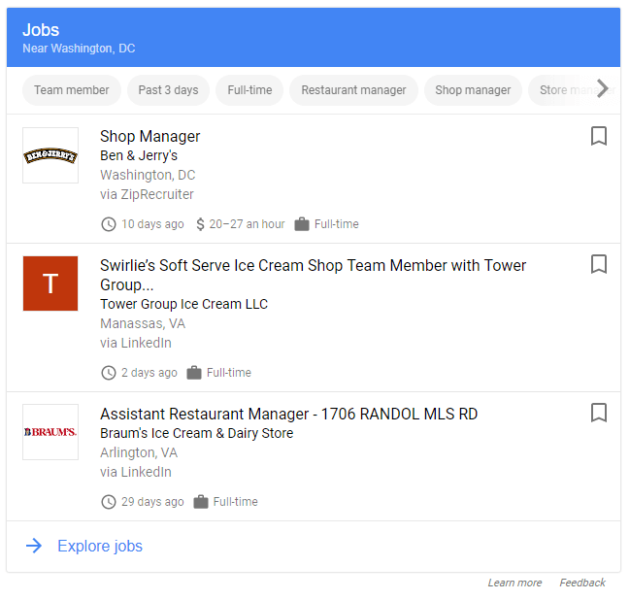
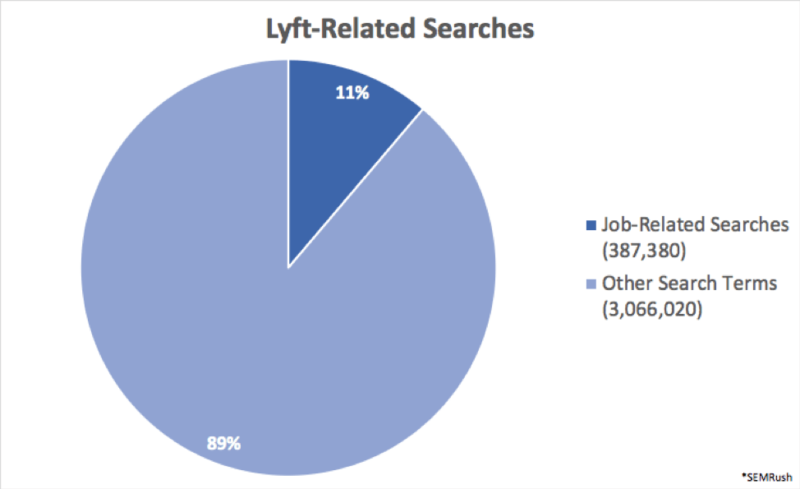

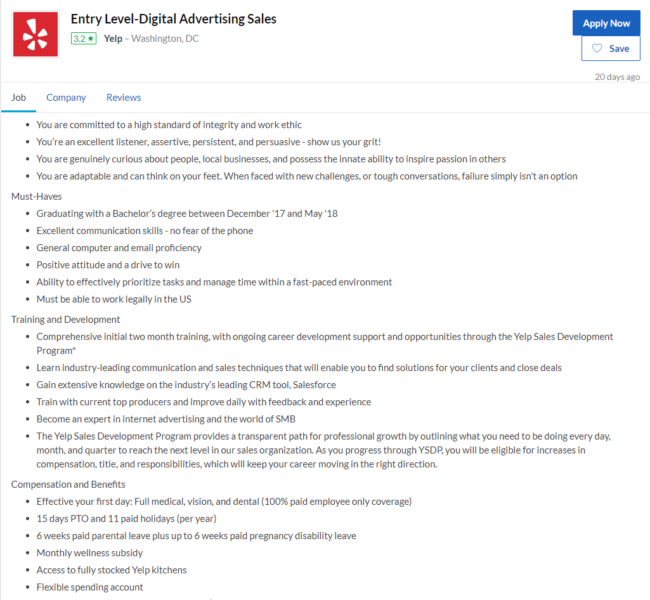


















 Search volume is the foundation of most successful AdWords campaigns. After all, if you’re bidding on a keyword that gets 10,000 searches per month and you have a 5 percent click-through rate, a 10 percent conversion rate and a 20 percent close rate, you can expect to close 10 sales a month from that keyword.
Search volume is the foundation of most successful AdWords campaigns. After all, if you’re bidding on a keyword that gets 10,000 searches per month and you have a 5 percent click-through rate, a 10 percent conversion rate and a 20 percent close rate, you can expect to close 10 sales a month from that keyword.




